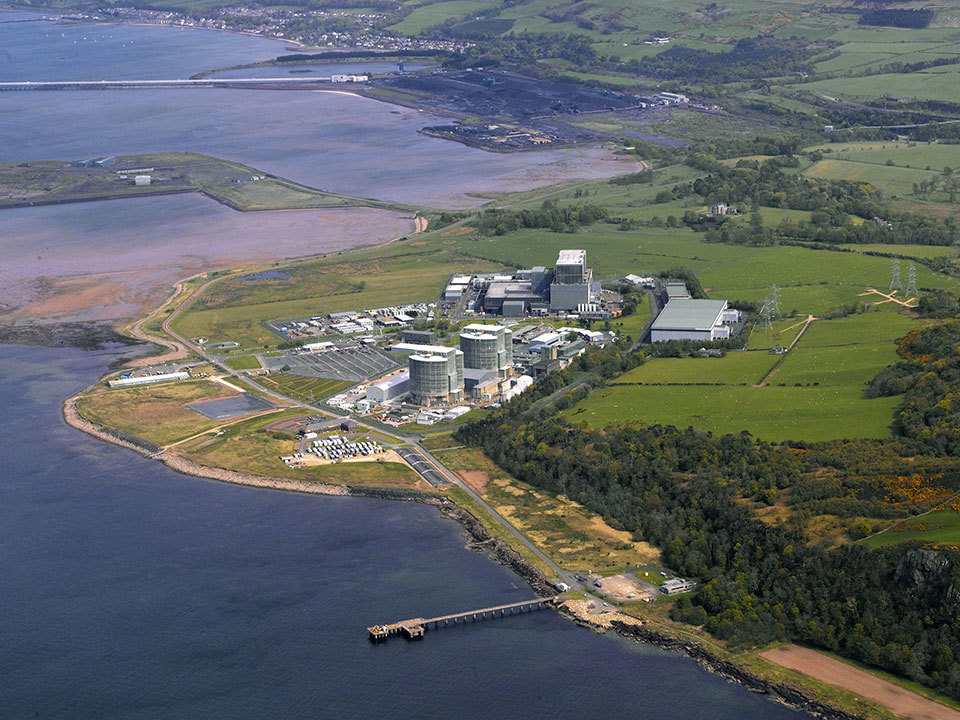
While the UK goes on talking about carbon capture and storage, the US has had a live CCS project
operating for more than a year at Port Arthur, Texas.
Moreover, the US Department of Energy-sponsored project has just passed the 1million tonnes milestone for carbon dioxide (CO2) successfully stored underground.
This is the equivalent of the annual greenhouse gas emissions from 210,526 (American) passenger vehicles, according to the DoE.
Air Products and Chemicals Inc. captured the one-millionth tonne of CO2 last month at its hydrogen-production facility in Port Arthur.
Air Products is one of 12 companies awarded Energy Department funding for a carbon capture and sequestration demonstration project in 2009 under the American Reinvestment and Recovery Act.
Construction of the facility was completed in March 2013, on time and under budget.
In fact, the first half of the Port Arthur project began capturing carbon dioxide in December 2012. A second reformer was brought on-line in the March.
The $431million Port Arthur project received $284million of public money through the DoE.
Despite many years of talk and project planning based around power generation plant, the UK has yet to store even one tonne.
Like most hydrogen production facilities, Air Products’ Port Arthur facility uses steam methane reformers (SMRs), which produce CO2 emissions as a result of the hydrogen production.
By using a technology called vacuum swing adsorption, the project has been able to capture over 90% of the CO2 from the industrial processes at the site.
Vacuum swing adsorption works by feeding the SMR product gas – a synthesis gas consisting predominantly of hydrogen and CO2 – into “adsorber vessels” where the CO2 adheres to a solid sorbent while the remainder of the stream, primarily hydrogen, passes through the vessels.
The hydrogen is purified for use in an adjacent refinery, while the CO2 is removed from the solid sorbent through a number of pressure adjustments inside the vessels.
This process is seen as being a promising approach that, if retrofitted to every steam methane reforming facility in the US, could apparently reduce American CO2 emissions by about 56million tonnes a year.
But what is happening to the Port Arthur carbon dioxide?
Dried, compressed CO2 is delivered via pipeline to the West Hastings field, a depleted oil and gas reservoir in south-east Texas where it is used for enhanced oil recovery. The field is located just over 30km (20 miles) from Houston.
This way, it is estimated that West Hastings could produce 60-90million additional barrels of oil. The UK once had a similar project on the books involving CO2 recovered from Peterhead Power Station and injected into the Miller field.
The prize was said to be 40million barrels of additional oil from the field, which was operated by BP. The super-major’s then group CEO, John Browne, attempted to play hard-ball with the UK government of the day in a bid to jack-up the subsidy offered. Indeed Browne threatened to shut down Miller if he did not get his way.
The government said no and Browne ordered that Miller be shut-in once it had hit the point where production using the platform’s existing systems was no longer viable. Miller is now the subject of decommissioning.
The real surprise was that BP was allowed to get away with implementing its threat and that a compromise was not eventually reached.
A second and very different CCS project involving Peterhead is, however, gaining momentum. It is led by Shell and involves pumping captured CO2 into Golden Eye, an exhausted North Sea gasfield located close to shore.
Meanwhile, Port Arthur is one of several carbon capture technologies that the DoE’s Office of Fossil Energy is studying in pursuit of a cleaner energy future for Americans.
The Port Arthur scheme is one of three projects – totalling $980million in public and private investment – that are part of DoE’s pilot programme designed to test the viability of carbon capture technologies.
In total, DoE projects have captured and securely stored nearly 7.5million tonnes of carbon dioxide emissions to date, equivalent to taking more than 1.5million cars off the road for a year.
Recommended for you
